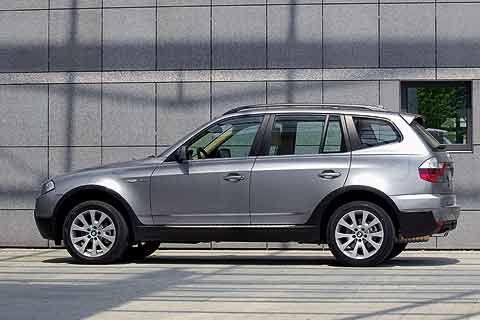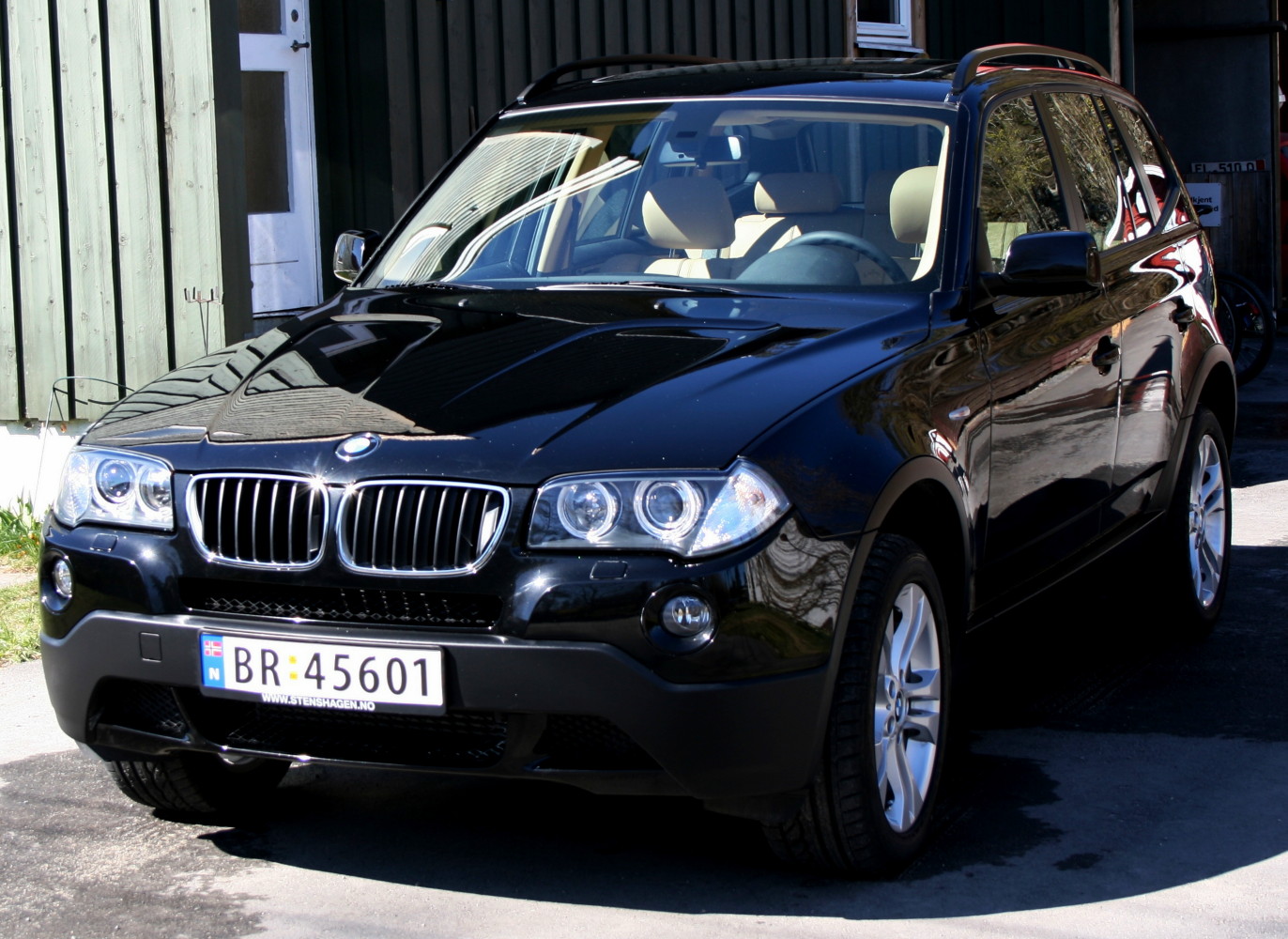


This is the new BMW X3, a not-so-compact SUV. "What's the difference?" you might reasonably ask. "It looks just like the last one." Not if you're an attentive student of current BMW design, it doesn't.
Not if you see the trees rather than the wood.
Every detail is actually slightly different. The publicity material crows about six – SIX – "key character lines" on the bonnet, as if the more lines, the better. I rest my visual case.
Besides, the new X3 is bigger than the old one. Is that not counter-intuitive for the modern world? Cars, surely, should be getting smaller and lighter so they use less fuel and take up less road space? But luckily for BMW there is another wood-obscuring tree in the form of that magic stop-start system. Because this does significantly reduce the amount of CO2 collected during the official test cycle – a cycle involving low speeds, minimal acceleration and a disproportionate amount of simulated traffic driving – the stop-start system is the convenient gateway to reduced road tax and customers' good environmental karma.
Actually, I shouldn't be too hard on the X3's eco-credentials. That's because it is available with just one engine, which happens to be a very fuel-efficient, 2.0-litre turbodiesel which produces 184bhp and an impressive 280lb/ft of quiet, smoothly delivered pulling ability. The similarly impressive, albeit artificially enhanced, 149g/km CO2 figure of the six-speed manual X3 is actually bettered by the eight-speed automatic version (147g/km), which also has stop-start and is able to self-shift to its most efficient gears during the official tests. The manual has to change gear at officially-mandated speeds so doesn't necessarily give its best in the tests. In the real world it will almost certainly prove the more economical, as manuals usually do.
Anyway, if the new X3 is to be a worthwhile advance over the previous one, there are two key areas in which it must excel. The first X3 started life as a cynical piece of BMW brand exploitation, because it was cheaply finished with ill-fitting hard plastics and was shockingly restless over bumpy roads.
The new one, by contrast, is really rather pleasant. It has gained standard-fit leather upholstery, two-zone air-conditioning and a large colour information display, yet it costs £115 less than the same-engined old model. Not that £30,490 is exactly cheap, but at least this X3 does feel like a proper BMW.
You sit high, but not so high as to feel detached from the dynamics. The fittings are of proper BMW quality, and there's fair space for five and their luggage. Fitted with optional variable-ratio steering and adaptive suspension dampers, the test X3s managed to feel both keen in the corners and comfortable over the bumps.
Other options included Performance Control, effectively an electronic limited-slip rear differential which brakes whichever rear wheel is losing traction. This is on top of the standard xDrive four-wheel drive system, plus a whole raft of traction, stability, and braking-force systems. Oh, and Hill Descent Control, which automatically limits your speed when picking your way down a steep, slippery hill.
There was much opportunity to try all this out on the snowy roads of the test drive, roads which also demonstrated the brilliance of winter tyres with their squeegee treads and soft, extra-flexible rubber. The snow is melting as I write, but no doubt it will return and I can't recommend winter tyres enough for when it does. They are actually much more useful in snow than four-wheel drive; we have them on the family Toyota and it has been zooming up hills that have left inappropriately-shod 4x4s stranded.
Would I have an X3? Not at this price, plus the £9,000-worth of options fitted to the test cars, but I wouldn't dissuade you from one if upmarket SUVs are your thing. The original X3 was a nasty car, but this new one makes things right again.

No comments:
Post a Comment